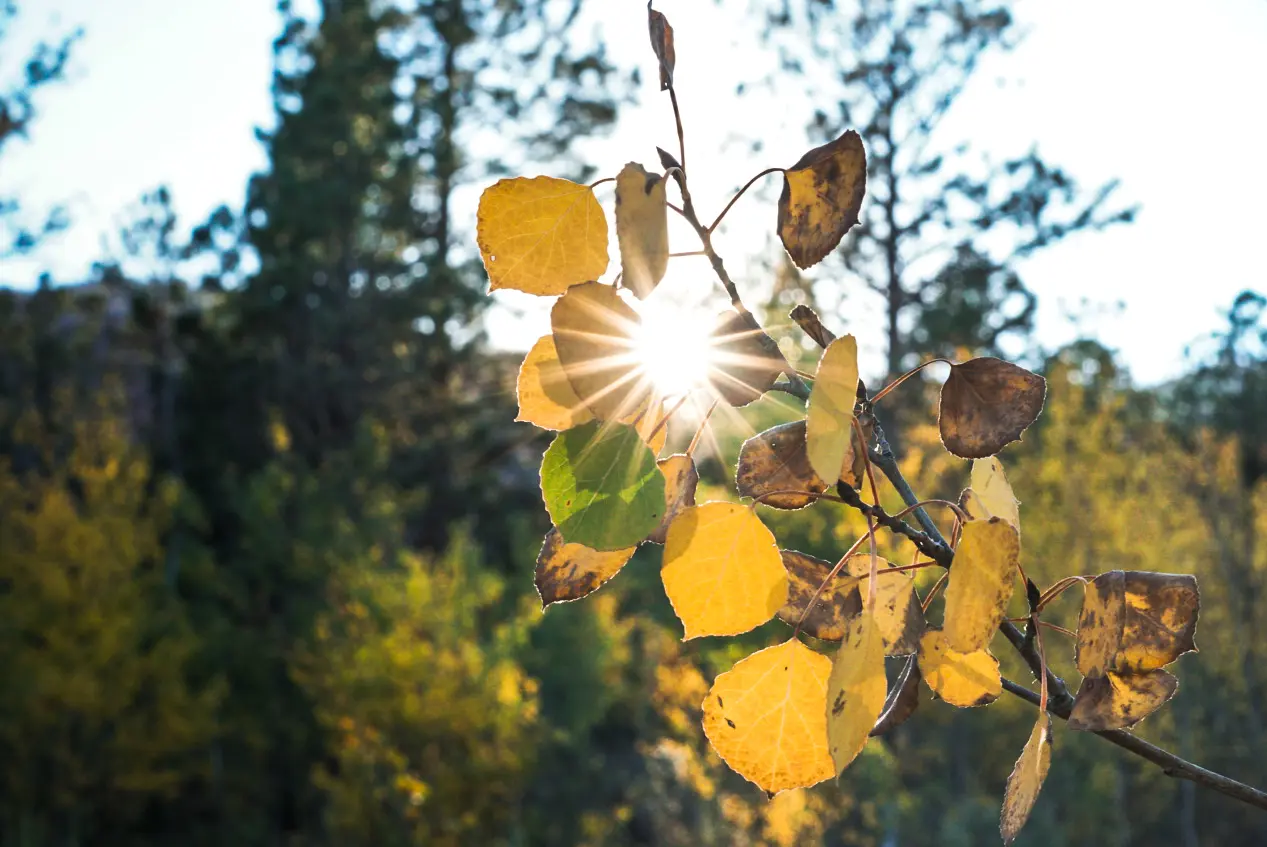By Rabbi Anat Moskowitz
Rebbe Nachman of Breslov taught:
As often as you can, take a trip out to the fields to pray.
All the grasses will join you.
They will enter your prayers and give you strength to sing praises to G-d… (The Empty Chair, pg 86)
As Rebbe Nachman notes, the prayers of the human spirit connect easily to the rhythm of nature, and strength is given by the experience of being in the holy space of the wilderness.
As we enter the Season of Repentance, we are reminded to unfold our creases of stagnation, and we are encouraged to examine our ways and search for meaning and understanding in our errors and misdeeds so we can better ourselves. We pray and focus to repair our wrong doings and apologize to those we have harmed so that we can stand before G-d; we are vulnerable and open as we painfully present our true, broken selves before The One.
In that moment of truth we might be standing in a brick and mortar sanctuary, where we resonate with the voices of those Israelites who stood in these same walls generations before, or we may feel rejected by the whole system because we suffer from illness mislabeled as human weakness– lack of control, a choice– instead of the correct label of bodily sickness and illness. Shame and embarrassment may block our ability to feel with resonance our people’s collective voice of praise and worship, and so we run in body and soul to find other ways to soothe our burning pain. We feel rejected, so we reject the system. Ritual and tradition slap us in the face and the pain stings us into disconnecting.
An answer, as described by countless studies on wilderness therapy, is that the human body and soul can be guided and taught, directed and be prepared, to meet such moments of crisis and chaos in the therapeutic setting of nature. That while in unison with the earth and G-d’s natural world, one moves with the ebb and flow of the trees and grasses, of the breeze and sun, of the rain and the crunch of the human footfall on the earth, and the body and soul can connect. This connection lays a healing foundation for the treatment of illness.
The rituals and ways of our people which served us for generations within our synagogue walls can be restructured and handed down in those same places and modified and redirected out in nature through the wilderness therapy model. When I put on my tallit in shul, I remember putting on my tallit next to the trees, with the only sound the wind that rattled the leaves and rattled my soul. Both leaves and soul eventually settle into a cosmic rhythm of harmony that now transfers into the brick and mortar of my synagogue.
Can we bring the model of Wilderness Therapy into our brick and mortar synagogues? A rabbi can lead the congregation in guided visual meditation to use our mind’s eye, bringing our souls into the memories of being in the oxygen rich environment of greenery, into the healing powers of nature. Synagogues can help to normalize the illnesses of addiction and mental illness by announcing local 12 step meetings in the Shabbat announcements and bulletins. The traditional healing prayer can be used to mention the illnesses of addictions and mental illness with a simple mention of, “we include those who are suffering from the illness of addiction, etc…”.
Synagogues can offer programs on the Jewish view of addiction and recovery. Adult Education classes and Talmud and Torah study classes can add a simple component by connecting the teachings of Judaism to the realities of illnesses of all kinds, including those of the body, spirit, and mind. Education Directors, Cantors, Rabbi’s and the synagogue leadership can be trained to help guide Congregants navigate the system by referring them to therapists, Jewish services, appropriate meetings, etc. Information packets, lists of referrals, crisis hotline numbers, and general information about addictions, recovery, and mental illness awareness can be displayed in prominent locations around the synagogue. Bringing the awareness of illnesses of addiction and mental illness up to the same level as cancer or any other life altering illnesses, while offering a safe space for all people to be present in all their pains and oys, can be the goal of any Jewish institution.
May we, those who create holy space and those who seek it, may we direct our hearts and souls to recognize our Oneness with life on this planet, giving us strength to create a safe place for all, so that we can all sing our pain and sorrow to the One who knows and loves us unconditionally.

Rabbi Anat Moskowitz has worked in the Addictions community for over 20 years. She was a chaplain for AIDS patients in the Jewish community in the early days of the disease (late 80’s and early 90’s); she has led group healing and individual therapy sessions, and she has worked as a chaplain, in a prison, Air Force Academy, a college, hospice, and a hospital. She currently serves a congregation in Westminster – Congregation B’nai Torah. Rabbi Moskowitz serves on the ADL and JNF boards as well as JEWISHcolorado committees.
Bio adapted from the Boulder Jewish News

